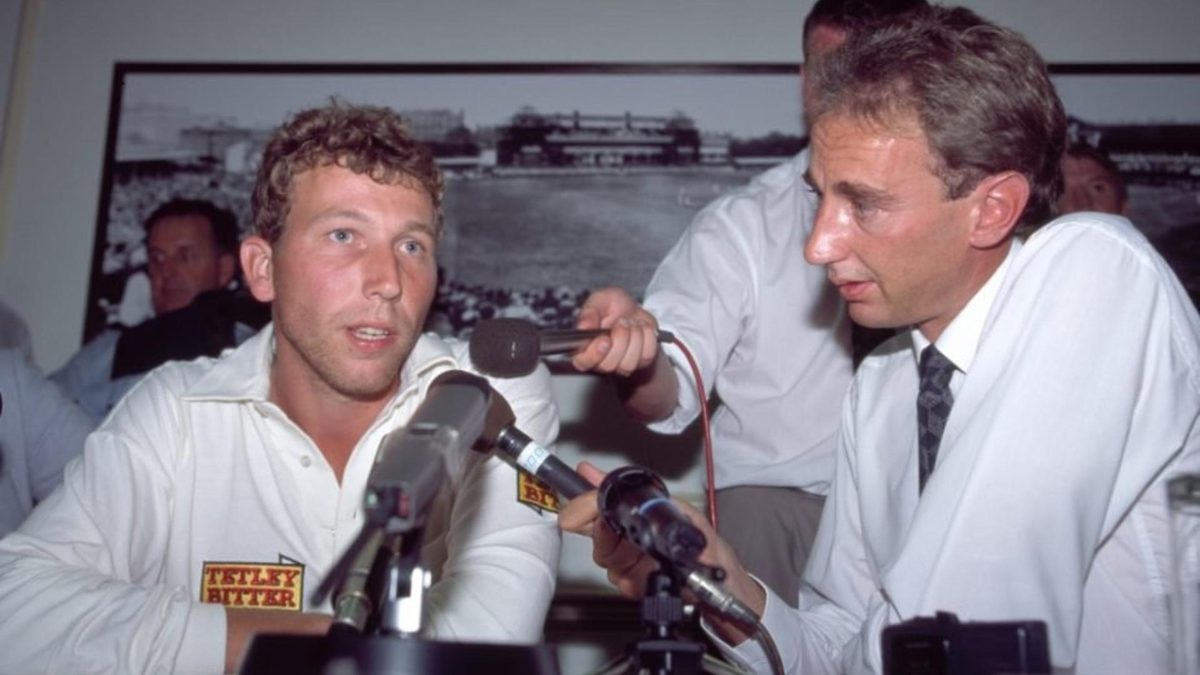
Neil Manthorp was there for South Africa’s triumphant return to Lord’s 24 years ago, and recalls how the occasion was overshadowed in some quarters by the “dirt in the pocket” affair
This piece originally featured in issue 6 of The Nightwatchman, Wisden’s cricket quarterly
Buy the 2018 Collection (issues 21-24) now and save £5 when you use coupon code WCM6
Originally published in 2014
South Africa’s relationship with Lord’s has remained extraordinary by any standards in the two decades since its 1994 return. Both good and bad, but mostly good. Very good.
In 1997 South Africa’s poster-boy, Jonty Rhodes, rescued the team from 46-4 on the first morning, and Allan Donald joined him on the honours board as England were thrashed by 10 wickets. Six years later, South African cricket had been turned upside down and inside out by the demise of Hansie Cronje and the dismal failure of the team at the World Cup on home soil. But the future was represented by a 22-year-old captain and the first black South African to make himself a fixture in the national team – and boy, did they deliver. Graeme Smith’s 259 set up a record total of 682-6, and the image of Makhaya Ntini spontaneously kissing the pitch after claiming his 10th wicket became instantly iconic.
Five years further on, in 2008, so concerned was coach Mickey Arthur about the “Lord’s effect” on some of his key but young and inexperienced players that he arranged an unscheduled “tourist day” three days before the Test and instructed them to take photographs and “do all the history stuff”. It didn’t work. Overawed, Dale Steyn and Morne Morkel bowled with stars in their eyes and England piled up 593-8 with 150-plus for Ian Bell and Smith’s bête noire, Kevin Pietersen. But Smith, Neil McKenzie and Hashim Amla joined Ashwell Prince on the Honours Board in the follow-on innings and the match was saved. It was the only post-isolation Test match South Africa didn’t win, but it felt as good as one to the players.
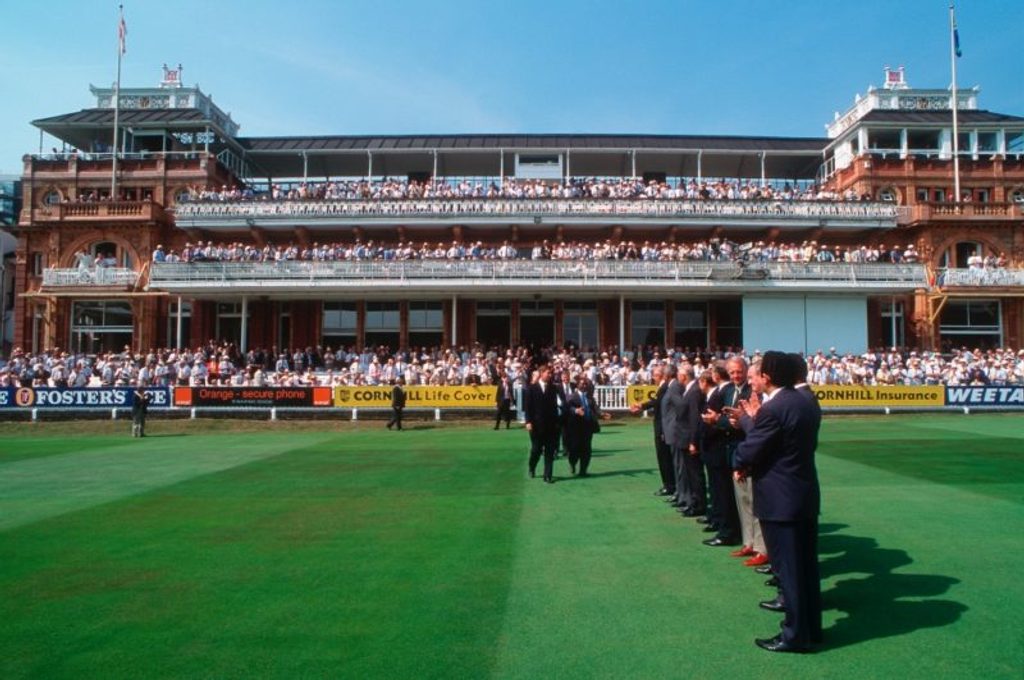 Thabo Mbeki, South Africa’s Deputy President, is welcomed onto the pitch at Lord’s in 1994
Thabo Mbeki, South Africa’s Deputy President, is welcomed onto the pitch at Lord’s in 1994
Then, two years ago, there was iconic imagery once again at Lord’s as Graeme Smith and Jacques Kallis bore tributes on their shirts to their seriously injured mate, Mark Boucher, while parading the ICC mace as the number-one team in the world after a thrilling, 51-run victory that secured a 2-0 series win.
But despite all those successes, it was the occasion 20 years ago when South Africa made their return to Lord’s after 21 years of international isolation that remains one of the greatest highlights of South African cricket. Not just the result, which was an overwhelming and largely unexpected victory, but the sense of making history and completing the cycle of bringing the “new South Africa” to the world.
The list of “firsts” in the years that marked South Africa’s return to international cricket was so relentless that they had almost started to wear thin. After two or three years there still was no end in sight and, awkward as it is to admit, the sight and sound of UCB chief executive Ali Bacher declaring that “this is an historic occasion” had, lamentably, started to lose its gravitas. He had become known as “Historiccasion Bacher” by local media.
Two and a half years after a “historic” tour to India, however, the “historic” label was once again wheeled out. Having done the subcontinent and Australia, South Africa were embarking on a full tour of England with the opening Test to be played at Lord’s. And to complete the historical picture, the ECB prepared an itinerary that wouldn’t have looked out of place in the 1960s – when South Africa last toured the country. “Traditional” was one way to describe it. Gruelling was another.
By the time the Lord’s Test match finally arrived, South Africa had been in England for 31 days and played no fewer than eight matches. It was a throwback to an era when teams travelled by ship, spent six months away from home and occasionally started new families on their travels. Often Englishmen in South Africa. It was the equivalent of almost an entire domestic season in South Africa.
The upside was that the team were at their absolute peak for the biggest occasion of their careers. The downside was that it was all downhill thereafter. It is undeniable that the scale and seismic magnitude of a 356-run thrashing of their hosts in front of the most traditional and knowledgeable crowd in the world meant that everything thereafter would have the feel of a “comedown” about it. The bald truth is that the players were physically and emotionally spent. In the Afrikaans vernacular, they were “gatvol”.
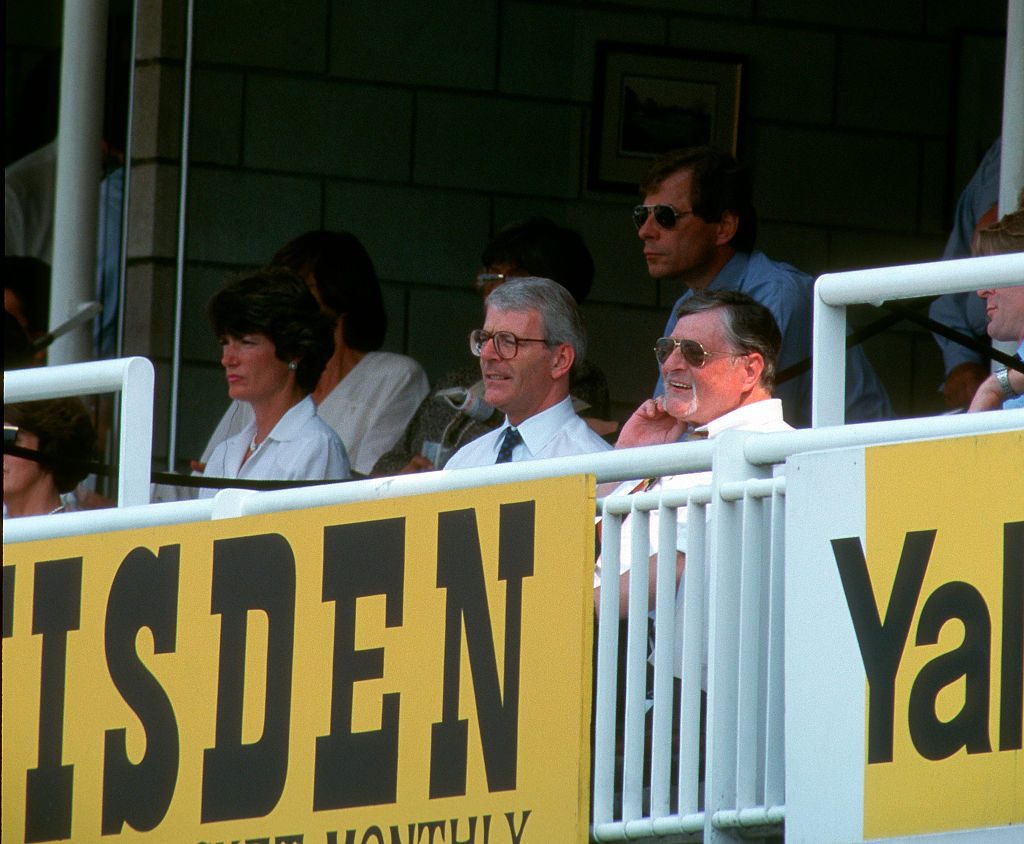 Prime Minister John Major joins Sir Paul Getty in his hospitality box at Lord’s
Prime Minister John Major joins Sir Paul Getty in his hospitality box at Lord’s
The team bus, for example, such an exciting novelty for weeks and weeks at the start of the tour with its tables, fridges, televisions and comfy seats, had started to become a form of torture – aided by England’s congested motorways. Several players, like Pat Symcox, were destined never to play a Test and had realised that playing depleted county teams, whilst fun for a while, was like sweeping up autumn leaves.
But when the bus pulled into the outskirts of London three days before the start of the Test series, and the players caught their first sight of a sign reading “St John’s Wood”, their excitement and anticipation spiked higher than ever before. Only four of the squad had played there previously – captain Kepler Wessels, Peter Kirsten, Allan Donald and Brian McMillan were county “veterans” but others had visited merely as tourists. Some were seeing the place for the first time.
On the first day of training on the Nursery Ground, Fanie de Villiers could not contain his enthusiasm and headed straight for the “real thing” – just to set foot on the hallowed turf and experience the ambience and atmosphere that he had heard and read so much about.
“Oi! Get off the bleedin’ grass!” The bark came from one of the infamous stewards, shattering the Afrikaaner boy’s fulfilment of a dream. “But I’m a player, from South Africa…” replied a startled de Villiers.
“Don’t care who you are, mate – get off the grass!”
De Villiers swore right then and there that the “Poms will pay for this.” And they did. In a heavy, painful and glorious way by being hammered inside four days, not just by a massive margin but in a manner that was deeply humiliating as England were dismissed for just 99 in the final session.
The first 20 years of South Africa’s rebirth into international cricket is liberally decorated with individual innings of great strength and character – 38-year-old Peter Kirsten played one of them just a Test later to salvage a draw with his only Test century. But for sheer, bloody-minded determination and force of mind over matter, and because of what it stood for, the century chiselled out of the England attack by captain Wessels on that opening day at Lord’s takes some beating.
Cricketers from around the world dream of seeing their names on the honours board at the home of cricket but, typical of Wessels, he wasn’t one of them. He didn’t dream – he just did it. He never imagined what it would look and feel like because he was so rigid in his belief that he would know for real soon enough.
If there was one other person in the starting XI similarly determined (and likely) to have his name inscribed for future generations to read in the most famous dressing-room in the game, it was Donald. And he did. The new-ball pairing with de Villiers worked like clockwork, Donald knocking openers Michael Atherton and Alec Stewart over, de Villiers collecting three in the middle order – including big guns Graeme Hick and Graham Gooch – and Donald returning to remove the tail.
Considering how inauspiciously the day had started – with openers Gary Kirsten and Andrew Hudson failing to negotiate their way through the Pavilion Long Room and taking a wrong turn into a downstairs cleaning cupboard – a final total of 357 was very good indeed. Especially when England finished day two with a meagre 141-7.
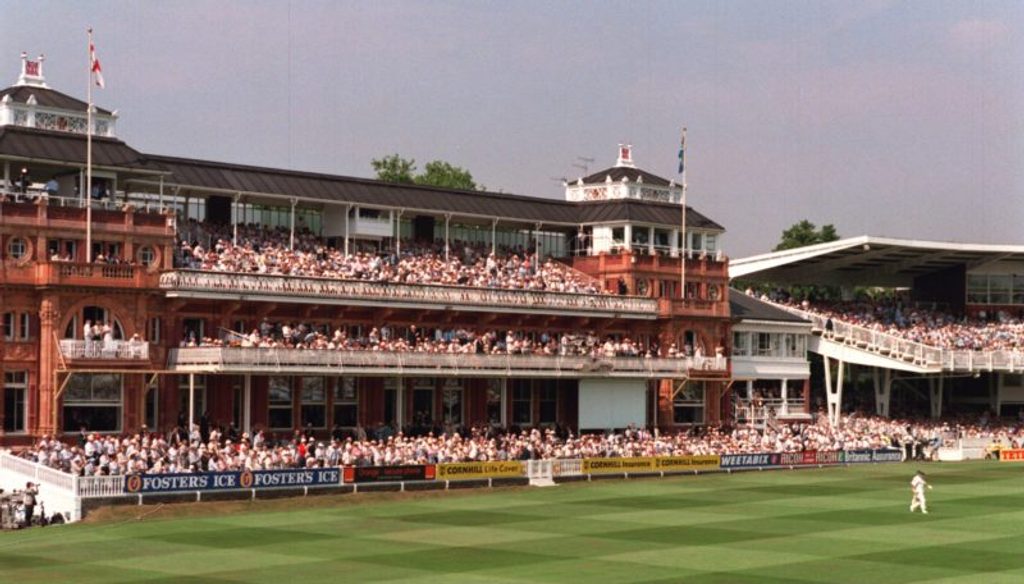 Andrew Hudson and Gary Kirsten finally make their way out to bat at Lord’s for South Africa
Andrew Hudson and Gary Kirsten finally make their way out to bat at Lord’s for South Africa
“My overriding memory of that day was how lucky I felt to be on the field, representing my country,” recalls Kirsten. “And I was, too. Me and Hudders could have been timed out. We were so focused on the start of the match that we took a wrong turn, or went downstairs too far. We didn’t know where we were. It wasn’t the ideal start.”
There was some optimism in the English media that the hosts could save the game when South Africa reached 195-4 by the close of play on day three, a mighty lead of 372. There was rain around and the pitch was still behaving fairly. Administrators, at least, could (and did) take consolation from the fact that it seemed likely to stretch well into a fifth day.
Instead, the rain was inconsequential and a rejuvenated attack, led this time by the change pairing of Matthews and McMillan, took three apiece to finish the match utterly unexpectedly with a day to spare.
The sense of disbelief was palpable. The champagne in the stands was flat and warm and there wasn’t any at all in the South Africa dressing-room, never mind any cold stuff. Some was soon located, however, and after a few minutes of enforced reflection during which the magnitude of their achievement sank in, the celebrations began in a style uniquely South African.
Minutes before victory was secured, coach Mike Procter unveiled the brand new South African flag over the balcony of the dressing-room. It became an iconic photograph, the “new” South Africa triumphing at the cricketing bastion of their former colonial masters. As so often, the story behind a famous picture is just as interesting as the picture itself.
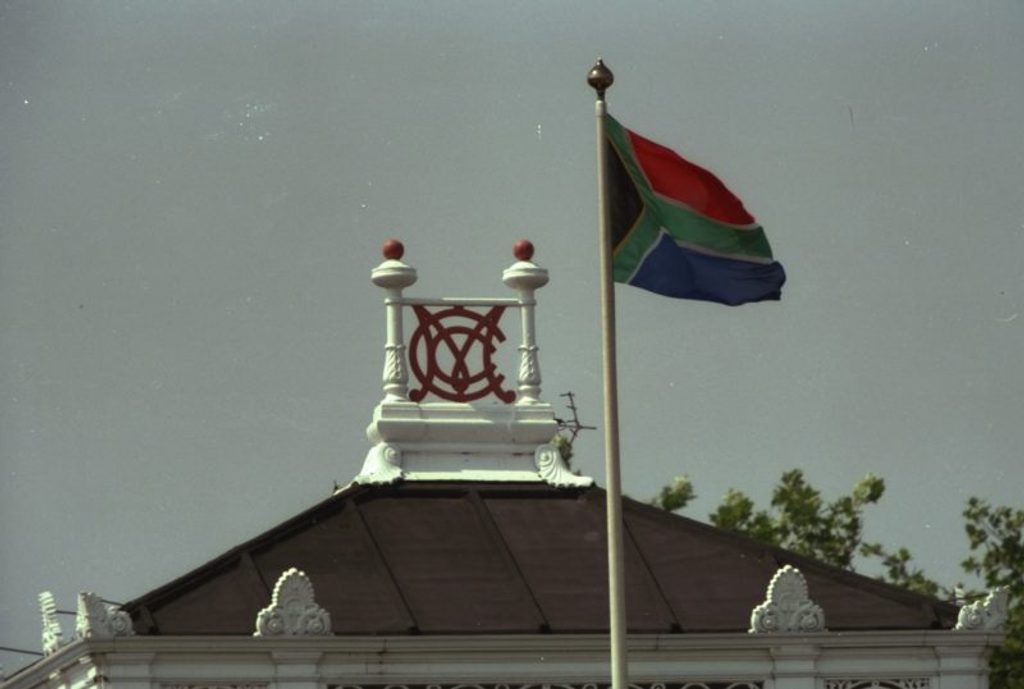 The South African flag flies next to the MCC logo at Lords
The South African flag flies next to the MCC logo at Lords
The particularly fussy administration at Lord’s were waging an especially virulous campaign against “placards, flags and other symbols” being waved or paraded on its premises. The English “Barmy Army” had started a tradition of hanging flags over the barricades of grandstands around the world and the Lord’s hierarchy had decided that the practice was “inappropriate” for such an esteemed venue.
Procter, however, felt differently. And strongly so. He refused to declare his “illegal” contraband on entry to the stadium but kept it under wraps until he could no longer resist the temptation to unveil it. By then, of course, it was far too late for the authorities to make any difference.
Proccie did the “flag thing” and the players, followed a day later by the entire nation, went into raptures of celebration. Not just because of the victory, but for the belief that the moment gave them a unified future for the country. Barely months before the triumph, the white minority of the country had been stockpiling tins of food and preparing for an Armageddon of civil war. Many “moments” and many people changed the potentially explosive future of South Africa for the better, but this victory – and Procter’s obstinate determination to proudly display the future to the world – did as much as any.
The celebration in the dressing-room will never be forgotten by those inside it, but it was no less forgettable for the thousands of South Africans who were either based in London or who had managed to find a passage to the UK to be a part of history. The pub outside the Grace Gates is always busy after a day of Test cricket, and even busier at the end of the match. This time, however, the atmosphere was unique. Well, certainly for the former colonials.
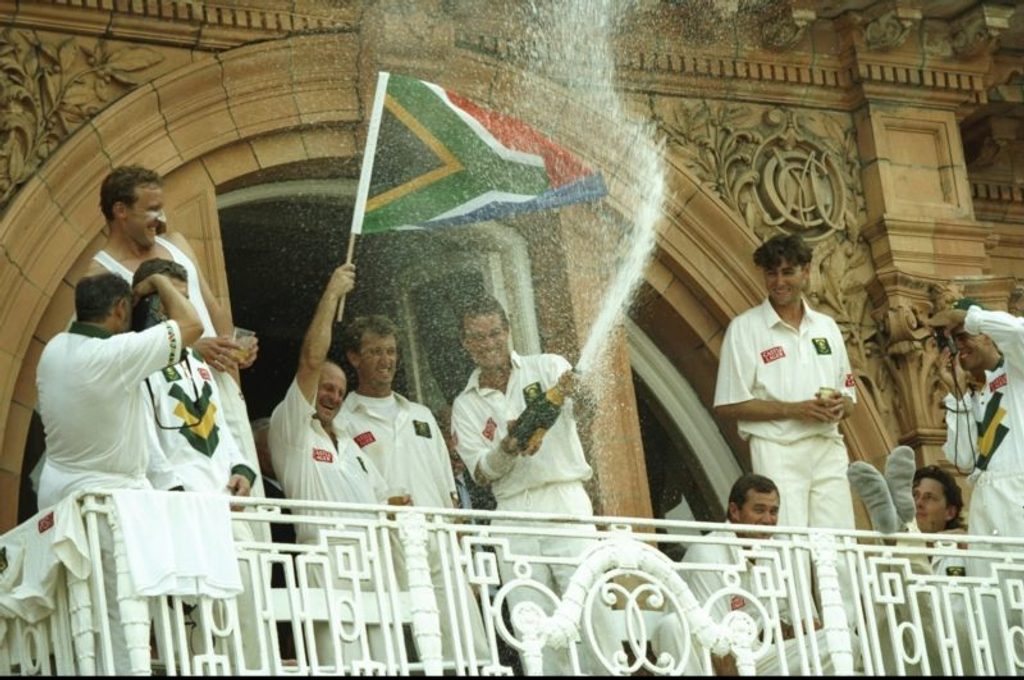 South Africa celebrate their dominant 356 run win at Lord’s
South Africa celebrate their dominant 356 run win at Lord’s
Many dozens of South Africans were haranguing the bar staff for pints of English beer, deriding its colour and temperature but distributing them nonetheless to friend and foe alike. But there were many more friends. Almost every turn of the head revealed another familiar face and another tale of how the money for the air ticket had been raised, whose sofa they were sleeping on in which part of London – and how they got a ticket for the game. It was 24 July 1994. A day never to be forgotten.
For many South Africans it was an unsettling time of transition and change with an uncertain future. But this was a moment for people to forget their fears and celebrate together – or as “together” as it was possible for non-white South Africans to feel given that, not only was the victorious XI all white, but there wasn’t a single black, Indian or “Coloured” face in the 16-man squad.
That night, in the tiny (but obscenely expensive) bar in the team’s hotel in central London, there were no barriers – not even between the players and media. In a scene never to be repeated – and set to become less and less likely as each year passed – the captain and vice-captain spontaneously joined the travelling pressmen in a celebration so gloriously carefree that it resulted in the ritual pouring of beer over each other. Not the sort of behaviour Wessels and Hansie Cronje normally thought appropriate anywhere, let alone in the Westbury Hotel. But it was that sort of occasion.
That night was also not the time to ponder the almighty furore which had erupted around the England captain, Michael Atherton, on the third evening of the Test match and which completely swamped the result. Only by patiently scouring the newspapers on the fifth morning would you have been able to find out much of what had happened in the game.
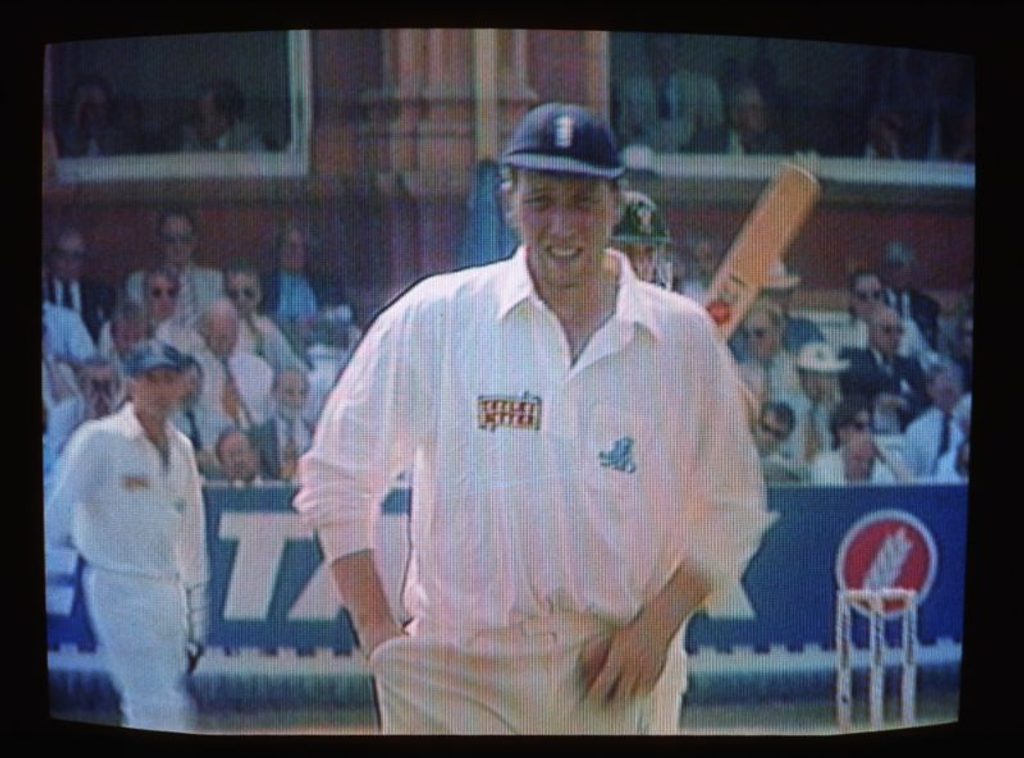 Michael Atherton being caught taking a substance from his pocket to affect the ball
Michael Atherton being caught taking a substance from his pocket to affect the ball
Shortly before tea on the third day Atherton had been clearly caught by television cameras holding the ball in his left hand while reaching into his trouser pocket with his right hand and then sprinkling something carefully onto a specific area of the ball. He had fudged the issue with match referee Peter Burge – claiming that it was merely “dirt” in his pocket which he used to keep his hands dry – but then presented a different version of events to his manager, Ray Illingworth, and the press. Atherton subsequently claimed that he had collected the “dirt” from a flower bed outside the entrance to the Pavilion at Lord’s and had then used it to “maintain” the condition of the ball rather than “alter” it.
Twenty years ago the subject of ball-tampering was so heinous it was virtually career-ending. Instantly. The English press went berserk. Instant resignation was the very least they expected of their national captain. A naked parade through London’s streets, the culprit covered in tar and feathers, with the public invited to throw rotten fruit and eggs at him, might just have satisfied their desire for Atherton’s humiliation. But probably not.
Much of the media’s previous decade had been spent hurling vicious barbs at Pakistan’s cricketers for ball-tampering – and few had backed away from using the word “cheat”. The assumption was made that their own team would never stoop so low. So when Atherton was “caught”, they tore into him like a pack of starving dogs around a fresh carcass in the wild. That, at least, was an image the South Africans could relate to.
Illingworth, a tough Yorkshireman who had insisted on complete control of the England team as selection convenor, coach and manager before he accepted the post, threw his captain to the dogs on that third evening. At a hastily convened press conference he sat side-by-side with Atherton but they never exchanged a single glance. There was nothing physically in the space between them, yet it might as well have been Hadrian’s Wall.
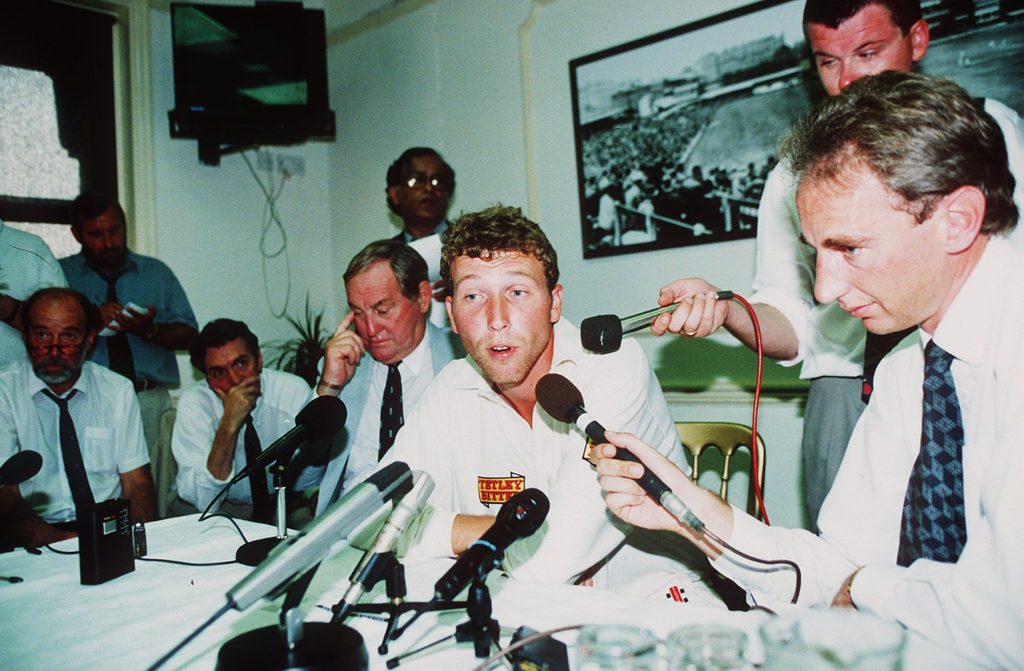 Atherton being questioned about his alleged ball-tampering
Atherton being questioned about his alleged ball-tampering
Illlingworth announced that his captain was being fined £2,000 – and then rubbed salt into the wounds by clarifying that only half of that was for the actual offence. The other half was for lying to the match referee. There was little else Illingworth could have done to humiliate his captain and leave him to fend for himself. Everyone, it seemed, was waiting for Atherton to resign. But he was made of sterner stuff. He refused to go.
Atherton did, however, flee to the Lake District to escape the media frenzy straight after the Test and tried to maintain as low a profile as possible. It didn’t work. The press – including the dreaded paparazzi – were all over him. A week after South Africa’s remarkable victory, the Atherton scandal was still all the papers were interested in.
Interestingly, when Sachin Tendulkar was collared for a similar “ball-fiddling” indiscretion against South Africa at Centurion less than a decade later, and hit with a ban, it was the match referee Mike Denness who was struck with the players’ and public’s wrath. In just eight years the game had moved so far “forward” that ball-tampering was regarded as a “necessary evil”. A year or two later it was being treated as an “art form”. Back in 1994, however, it came very close to wiping all but the very last drops of credit and appreciation away from the Test match that was so fundamental to South Africa’s confirmation as being officially “welcomed back” by the rest of the world.








